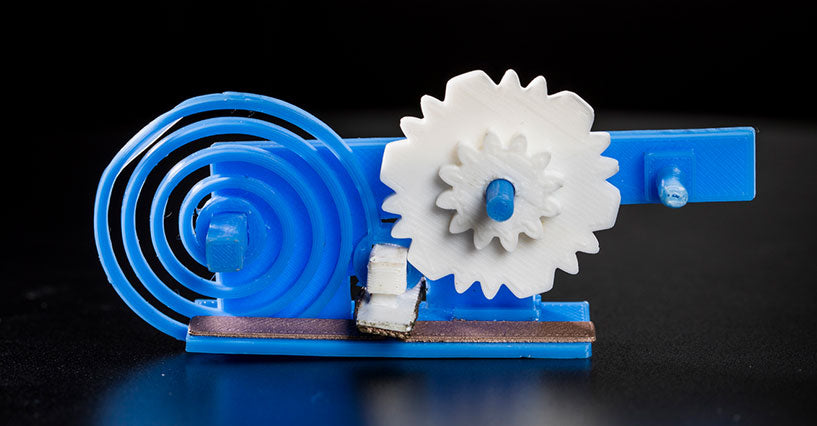3D printing continues to advance by leaps and bounds and has taken another step forward in the evolution of its technology, so they say. Researchers at the University of Washington have managed to get plastic objects that have been 3D printed to transmit information over WiFi, quite the feat. In addition, they have achieved this without using any batteries or electronic devices.
To achieve this advance, the equipment has used "backscatter" techniques that allow the devices to exchange information. This discovery can be of great use in everyday life. For example, a water sensor that has been created with a 3D printer can send an alert signal to a mobile phone when there is a leak.

They use an antenna to transmit data by reflecting radio signals from a WiFi router or other device. The information in those patterns can be decoded using a WiFi receiver. The information, in the form of zeros and ones, is coded by the presence or absence of the tooth in a gear. The energy of a spiral spring activates the system.
The width and pattern of the gear teeth control how long the backscatter switch is in contact with the antenna, creating reflected signal patterns that can be decoded by a WiFi receiver.
The UW Networks & Mobile Systems Lab 3D team printed several different tools that could detect and send information to other connected devices: a wind meter, a water flow meter, and a scale. Using a different type of 3-D printing filament that combines plastic with iron, the team also took advantage of magnetic properties to invisibly encode static information on printed objects. The research was funded by the National Science Foundation.


